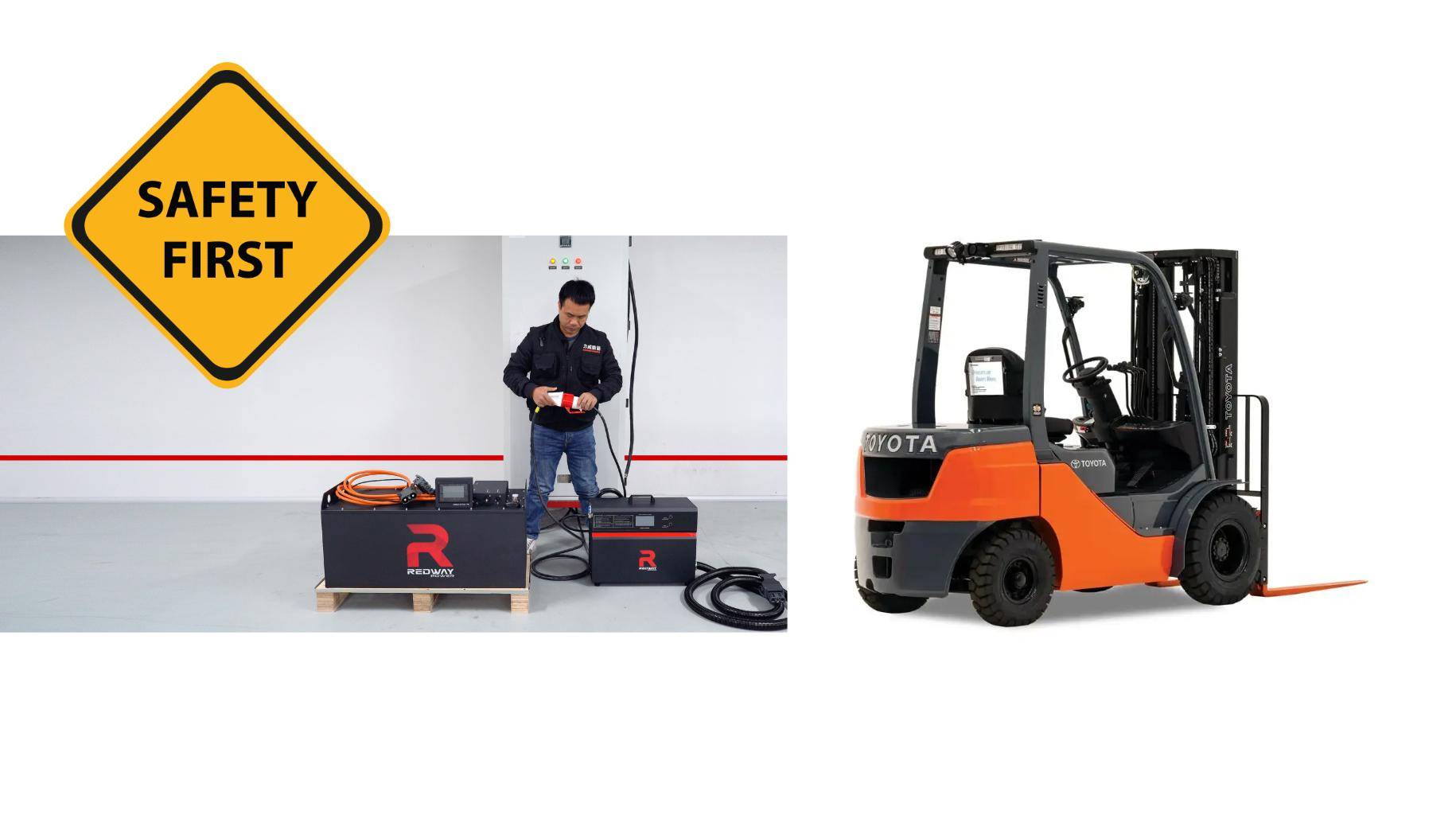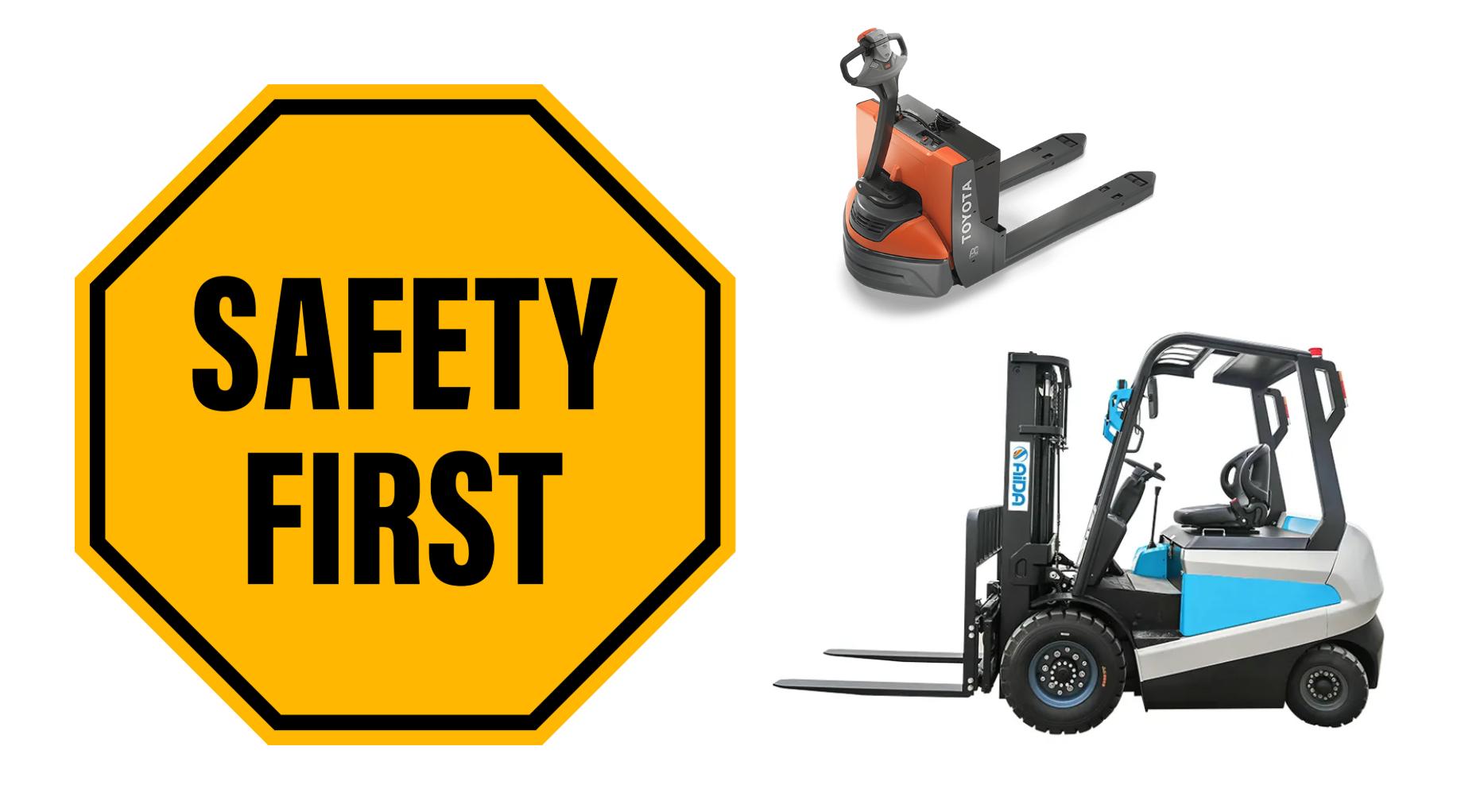
Blog
What Are the Essential Forklift Guides for Safe and Efficient Operations?

Forklift guides provide critical information on types, safety protocols, maintenance, and purchasing strategies for industrial operations. Understanding these ensures compliance with OSHA standards, reduces workplace accidents, and optimizes equipment longevity. Key topics include forklift classifications, operator training, battery management, and cost analysis for informed decision-making.
Forklift Lithium Battery Manufacturer
What Are the Different Types of Forklifts and Their Uses?
Forklifts are categorized into seven classes: electric motor riders (Class I), narrow aisle trucks (Class III), internal combustion engine models (Class V), and more. Class I forklifts suit indoor warehouses, while Class V handles rugged outdoor tasks. Specialty forklifts, like reach trucks and order pickers, optimize vertical storage efficiency in logistics hubs.
How Do OSHA Safety Guidelines Prevent Forklift Accidents?
OSHA mandates daily forklift inspections, certified operator training, and load capacity adherence. Safety guidelines enforce clear pedestrian pathways, horn usage at blind spots, and stability protocols during lifting. Compliance reduces tip-over risks, which account for 24% of forklift-related fatalities annually. Employers must document training and conduct routine audits to avoid penalties.
Recent OSHA updates require mandatory refresher training every three years, with virtual reality simulations becoming an approved training method. Companies using telematics systems to monitor speed limits and seatbelt compliance report 38% fewer incidents. The 2023 National Safety Council report shows facilities using blue safety lights for pedestrian zones reduced collision rates by 57% compared to traditional signage alone.
| Safety Feature | Accident Reduction | Implementation Cost |
|---|---|---|
| Load Backrest Extension | 22% | $150-$400 |
| Automatic Shutoff Sensors | 41% | $800-$1,200 |
| 360° Camera Systems | 68% | $2,500-$3,800 |
What Maintenance Tips Prolong Forklift Lifespan?
Routine maintenance includes battery watering (for lead-acid types), hydraulic fluid checks, and tire inspections. Lubricate mast chains weekly and replace frayed seatbelts immediately. Track hour-meter-based service intervals: oil changes every 200 hours, air filter replacements every 500 hours. Thermal imaging of electrical components prevents unexpected downtime in electric models.
How to Choose the Right Forklift for Your Business?
Evaluate load capacity (3,000–50,000 lbs), lift height (up to 30 ft), and fuel type. Electric forklifts excel in emission-sensitive environments, while LPG models offer outdoor versatility. Analyze warehouse aisle width for turning radius compatibility. Rent high-capacity forklifts for seasonal demand spikes instead of purchasing underutilized equipment.
What Are the Costs and Financing Options for Forklifts?
New forklifts range from $15,000 (electric pallet jacks) to $100,000+ (high-capacity IC models). Leasing costs $500–$2,500 monthly with maintenance packages. Consider residual value: electric forklifts retain 40% value after 5 years vs. 25% for diesel. Tax incentives like Section 179 deductions offset 70% of purchase costs for qualifying businesses.
Emerging financing models include usage-based leasing programs where payments adjust according to monthly operating hours. Major manufacturers now offer battery-as-a-service subscriptions for electric fleets, reducing upfront costs by 35%. The table below compares popular financing methods:
| Option | Term Length | Advantage |
|---|---|---|
| Operating Lease | 2-5 Years | Off-balance sheet financing |
| Equipment Loan | 5-7 Years | Ownership equity buildup |
| Rental Agreement | Monthly | Zero maintenance costs |
How Does Forklift Design Impact Environmental Sustainability?
Lithium-ion forklifts reduce energy consumption by 30% versus lead-acid batteries. Hydrogen fuel cell models emit only water vapor, aligning with net-zero goals. Regenerative braking systems in electric forklifts recapture 15% of kinetic energy. ISO 14001-certified manufacturers prioritize recycled steel and biodegradable hydraulic fluids in production.
Modern forklifts integrate IoT sensors that monitor battery health and operator habits. At Redway, we’ve seen a 40% drop in maintenance costs when clients adopt predictive analytics. Hybrid energy systems—combining lithium batteries and hydrogen cells—are becoming the gold standard for 24/7 operations,” states Michael Tran, Redway’s Chief Logistics Engineer.
- How Often Should Forklift Hydraulic Systems Be Serviced?
- Inspect hydraulic lines every 250 operating hours. Replace filters biannually and flush contaminated fluid immediately to prevent pump failures.
- Are Used Forklifts a Cost-Effective Option?
- Certified pre-owned forklifts with under 4,000 service hours offer 35–50% savings. Verify maintenance records and structural integrity via third-party inspectors.
- What Training Is Required for Rough Terrain Forklift Operators?
- OSHA requires 8 hours of hands-on training for rough terrain certification, covering slope navigation, load stabilization, and tire pressure adjustments.





